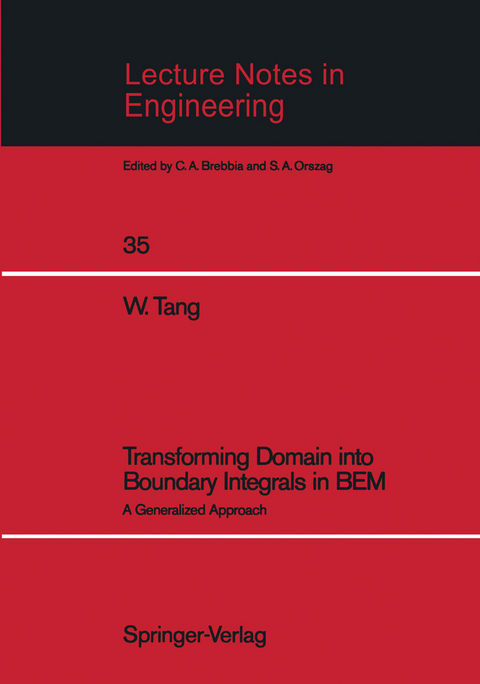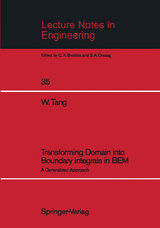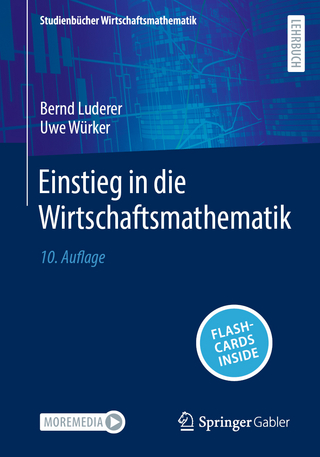Transforming Domain into Boundary Integrals in BEM
Springer Berlin (Verlag)
978-3-540-19217-6 (ISBN)
1 General Introduction.- 1-1 Numerical Methods.- 1-2 Domain Methods.- 1-3 Boundary Element Method.- 1-4 The Main Procedures and Features of BEM.- 1-5 The Subject of this Work.- 1-6 Contents of the Present Work.- 1-7 The Cartesian Tensor Notation.- 2 Potential Problems.- 2-1 Introduction.- 2-2 The Boundary Integral Formulation for Potential Problems.- 2-3 The Boundary Element Method for Potential Problems.- 2-4 Motivation and General Ideas.- 2-5 Fourier Analysis.- 2-6 Basic Formulations for Transforming the Domain Integrals into the Boundary for 2-D Problems.- 2-7 Numerical Approaches.- 2-8 Numerical Accuracy of the Transformation Formula.- 2-9 Some Further Discussions.- 2-10 Examples.- 2-11 The Transformation Formula for 3-D Poisson's Equation.- 2-12 Applications in Time-dependent Problems.- 2-13 Application in Non-linear Problems.- 3 Linear Elastostatics.- 3-1 Introduction.- 3-2 Basic Relationships of Elasticity.- 3-3 Fundamental Solution for Elastostatics.- 3-4 Somigliana Identity.- 3-5 The Boundary Integral Equations of Elastostatics.- 3-6 The Boundary Element Method in Elasticity.- 3-7 Basic Formulations for Transforming 2-D Elasticity Domain Integrals to the Boundary.- 3-8 Numerical Implementation.- 3-9 Results of Numerical Experiments.- 4 Applications in Elasticity and Elasto-Plasticity.- 4-1 Introduction.- 4-2 An Example of Gravitational Loading.- 4-3 An Example with a More General Type of Distributed Loading.- 4-4 Relationship between Plastic Stresses and Plastic Strains.- 4-5 The Governing Equations for Elasto-Plasticity.- 4-6 Numerical Analysis using Finite Fourier Series.- 4-7 Application to Elasto-plastic Problems.- 5 Programming.- 5-1 Potential Problems.- 5-2 Elasticity Problems.- 5-3 Elasto-Plasticity Problems.- 6 General Discussion and Conclusions.-References.
| Erscheint lt. Verlag | 22.6.1988 |
|---|---|
| Reihe/Serie | Lecture Notes in Engineering |
| Zusatzinfo | V, 209 p. |
| Verlagsort | Berlin |
| Sprache | englisch |
| Maße | 170 x 244 mm |
| Gewicht | 387 g |
| Themenwelt | Mathematik / Informatik ► Mathematik ► Angewandte Mathematik |
| Naturwissenschaften ► Physik / Astronomie ► Mechanik | |
| Technik ► Maschinenbau | |
| Schlagworte | Calculus • Geometry • Mechanics • Numerical analysis • Numerical Methods • Plasticity • programming • Transformation |
| ISBN-10 | 3-540-19217-4 / 3540192174 |
| ISBN-13 | 978-3-540-19217-6 / 9783540192176 |
| Zustand | Neuware |
| Haben Sie eine Frage zum Produkt? |
aus dem Bereich




